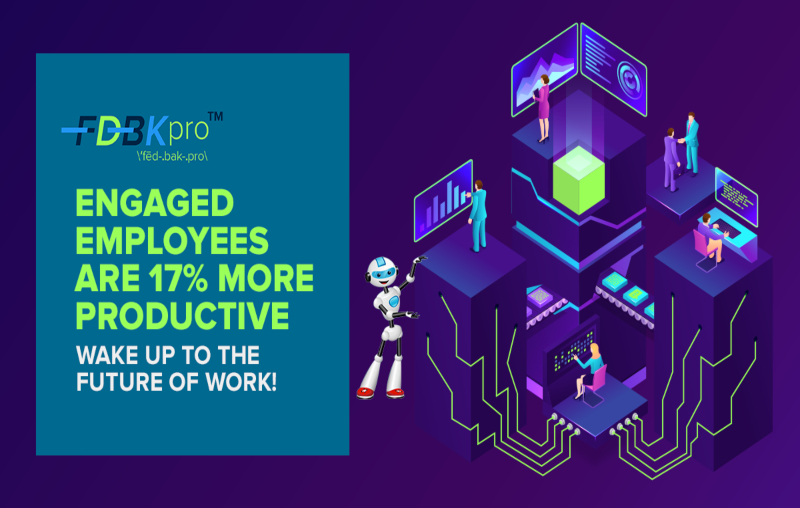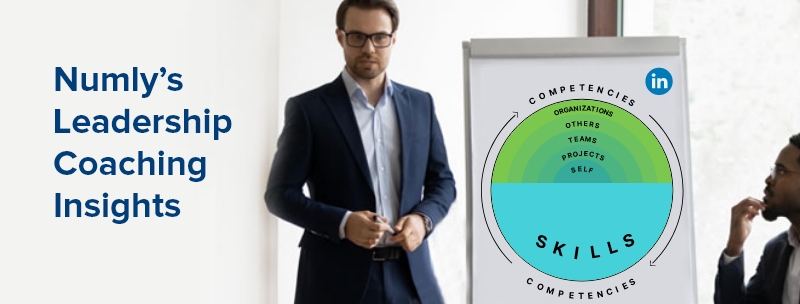A recently published Gallup report, ‘Building a High−Development Culture Through Your Employee Engagement Strategy’, shows how employee engagement has become a key discussion material in discussions surrounding the Future of Work. This report highlights how the employees of today are looking at more than a paycheck.
They want to do work that is value and purpose−driven. Their motivations are evolving, and now most workers are looking at furthering their careers than just focusing on a job.
This survey also brought to light some very interesting statistics. Covering more than 82,000 teams, over 1.8 million employees across 230 organizations in 73 countries, this survey analyzed the performance between engaged and actively disengaged business units and teams. It revealed the following benefits of high employee engagement:
− 41% of companies report lower absenteeism
− 59% of companies report less turnover
− 40% of companies report fewer defects (quality)
− 20% of companies report higher sales
− 17% of companies report higher productivity
− 21% of companies report higher profitability
Why does employee engagement work?
“The best creative work is never done when one is unhappy.” Though spoken decades ago by the legendary Albert Einstein, these words remain relevant in today?s workplace as well.
Research now proves that the overall productivity of engaged employees is higher by 20-25%. This happiness quotient also impacts their interactions and leads to happier and more satisfied customers. A Kansas State University study also showed that engaged workers receive up to 25% higher job performance ratings.
A positive impact on the bottom line is a sum of these efforts.
Here?s a look at the cost of a disengaged employee.
But what is employee engagement?
If you thought that employee engagement was about cosmetic goals, think again. The fancy cafeteria, pool tables, gaming zones, and exotic annual parties, or ‘bring your dog to work’, are not strategies to boost employee engagement. These are perks that impact employee happiness.
Much like the hedonic treadmill concept, these cool freebies soon become standard, and the employees then wait for the next new thing to bring happiness. It‘s quite equivalent to a relationship that thrives only when one receives gifts. When the gifts stop, the relationship crumbles since this practice is neither scalable nor practical.
It is primarily because of this attitude, of focusing on employee engagement from a myopic lens, that employee engagement programs fail.
How to get employee engagement right?
Employee engagement practices have to now move away from this traditional short−term approach to a long-term strategy. Each employee has different motivations, and different drivers fuel their levels of engagement at work. It is about creating avenues that maximize employee potential.
Employees today want to see their companies invested in their careers and their professional well−being.
The “2019 Deloitte Global Human Capital Trends” report states, “employee experience is a bottom-up concept−where processes, places, and workflow are designed around employees’ pre−existing tendencies.” Clearly, it is the employee and not the employer who should be at the center of these initiatives.
The demographic of millennials and Gen Z at work is increasing. These generations expect accessible information and real−time answers. While we have to focus on creating internal processes that facilitate this, we also have to look at the larger picture – how information and self-service features in their career progression. These generations need faster responses and more empowering self-sufficiency. And it is becoming increasingly clear that to engage this generation organizations have to:
− Improve learning and development opportunities
Identifying employees’ L&D needs and providing curated, personalized, and highly relevant and contextual training are essential to engage them. There?s no place for guesswork anymore, even to measure the training needs.
Focus on leadership coaching −
Employees are interested to know if companies are invested in furthering their career graph. Identifying high−potential employees leveraging assessments such as 16 Personality Factors or Behavioral Skills assessments, along with the annual performance review, helps in developing your leadership pipeline. It also acts as an engagement tool for employees
Focus on purpose −
‘Purpose−led engagement” is the new mantra for the employees of today. Companies need to help their employees grow and help them get from one point of their career to another. Assess what their development needs are, how those development needs matter to them, both at a personal and professional level, and give them the tools to achieve their goals.
Focus on building careers −
94% of employees will consider staying at a company longer if it is invested in their career development. Making a strategic shift in the approach towards employee growth plans becomes imperative. These plans hinge on identifying and nurturing high−potential employees, and creating a nurturing environment in the workplace. Taking a data−driven approach to identify gaps and improvement areas trumps the age−old gut−feel approach that often rests on the year-end review alone. Using Behavioral Skill level, in−depth analytical reports on all users within the company assist in bridging this gap and help employees develop their career paths.
Employ mentoring as a tool to boost engagement −
Mentoring is the ideal way to give employees continuous and structured feedback. This is something that they need to build competencies and further their career goals. It is important to give them access to the right mentors using data, ensure that these sessions are private and yet highly impactful, and be proactive with feedback to help them navigate their challenges and improve growth opportunities.
In summary, employee engagement matters, and organizations should be paying close attention to their strategies in honing this feature.
Employee engagement is rightly positioned as a miracle drug, a silver bullet to treat your workplace challenges because it manages to solve some of today’s most pressing workplace challenges.
However, for employee engagement to work, expert Josh Bersin says, “Employee engagement isn’t a program; it’s a strategy”. And we could not agree more.
Organizations that want to create a stellar employee experience and are serious about employee engagement are leveraging the power of Machine Learning and AI to address employee engagement and human experience challenges.
Check out NumlyEngage™ Enterprise, the patent−pending, privacy−first, people networking, employee engagement and skills−development platform. It helps companies by providing insightful analytics and data−driven nudges to develop leaders at all levels, creating strong trust within teams and resulting in better engagement, higher retention, and phenomenal productivity gains.

